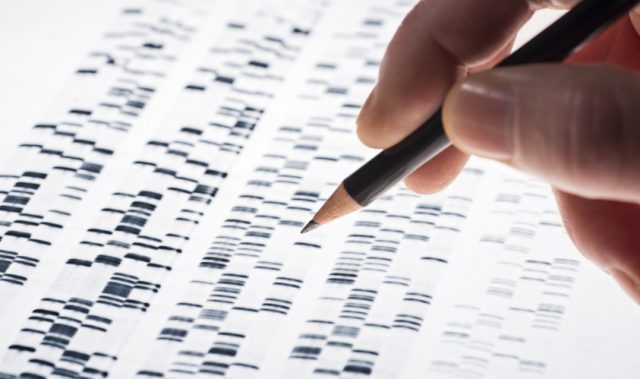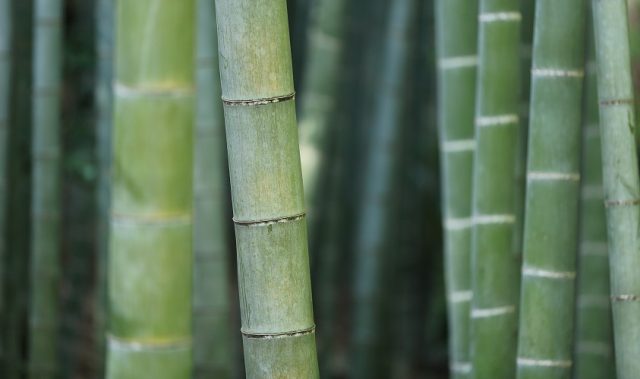
AsianScientist (Nov. 7, 2011) – Once referred to as an “orphan crop” mainly grown by poor farmers, pigeonpea is now set to join the world’s league of major food crops with the completion of its genome sequence published in the journal Nature Biotechnology.
The article provides an overview of the structure and function of the genes that define a pigeonpea plant, and reveals valuable clues on how the genomic sequence can be useful to crop improvement for sustainable food production, particularly in the marginal environments of Asia and sub-Saharan Africa.
Years of genome analysis by a global research partnership led by the International Crops Research Institute for the Semi-Arid Tropics (ICRISAT) based in Hyderabad, India have resulted in the identification of 48,680 pigeonpea genes.
A couple of hundred of these genes were found unique to the crop in terms of drought tolerance, an important trait that can be transferred to other similar legume crops like soybean, cowpea, or common bean that belong to the same family.
“The mapping of the pigeonpea genome is a breakthrough that could not have come at a better time. Now that the world is faced with hunger and famine particularly in the Horn of Africa brought about by the worst drought of the decades, science-based, sustainable agricultural development solutions are vital in extricating vulnerable dryland communities out of poverty and hunger for good,” said ICRISAT Director General William Dar.
Dar hopes that the information gleaned from this study may be used to develop improved varieties of other crops that can withstand the threat of climate change.
Rajeev Varshney, the lead scientist and coordinator for the pigeonpea genome sequencing project, said that by referencing the pigeonpea genome sequence data, scientists may be able to breed a new variety in just about 3 years, instead of the 6-10 years that was previously required.
“Having the pigeonpea genome sequence as a reference will significantly speed up and reduce the cost of screening the ‘good genes’ within the stored pigeonpea seed collections in genebanks like that of ICRISAT. This also means dramatically reducing the cost of developing new improved varieties for farmers,” Varshney said.
India is the largest producer of pigeonpea, but crop productivity in the country, as well as in sub-Saharan Africa, is only less than 1 ton per hectare.
It is hoped that an improved understanding of the pigeonpea genome may have a major impact on improved crop productivity, tackling pests and disease constraints in production, and improved resistance to harsh environments and the future variable climate.
The article can be found at: Varshney RK et al. (2011) Draft genome sequence of pigeonpea (Cajanus cajan), an orphan legume crop of resource-poor farmers.
——
Source: ICRISAT.
Disclaimer: This article does not necessarily reflect the views of AsianScientist or its staff.












